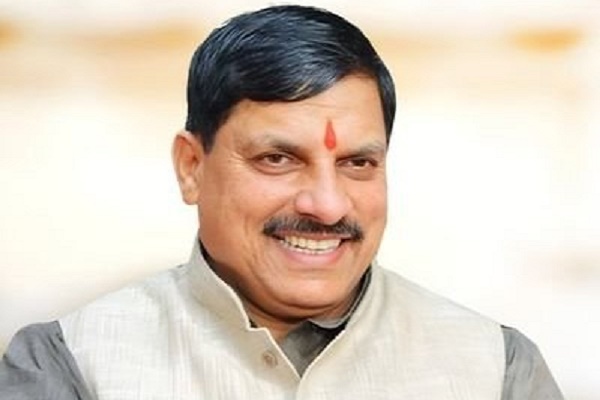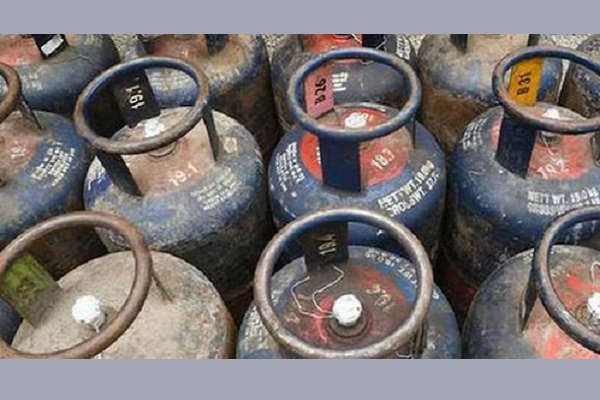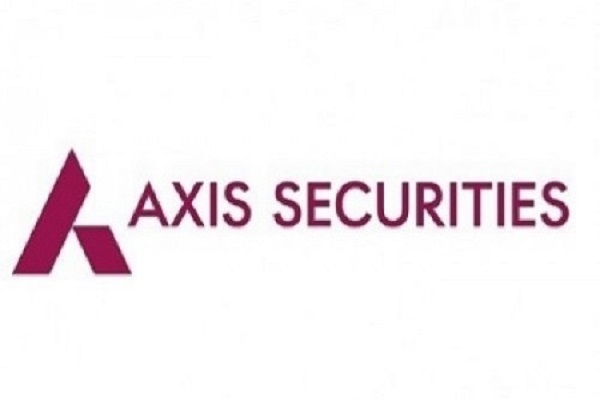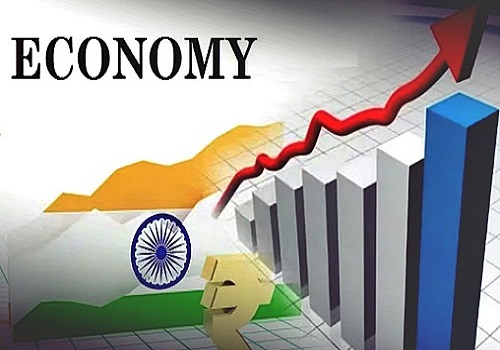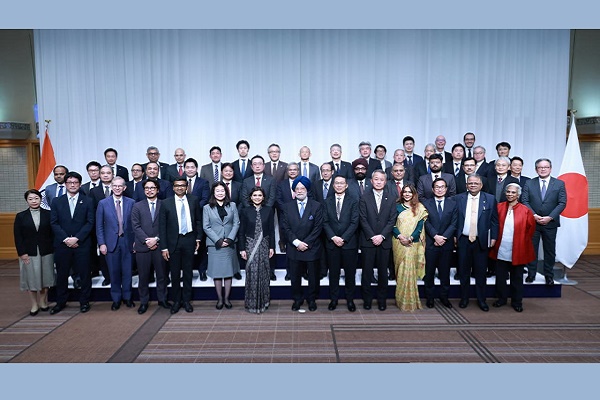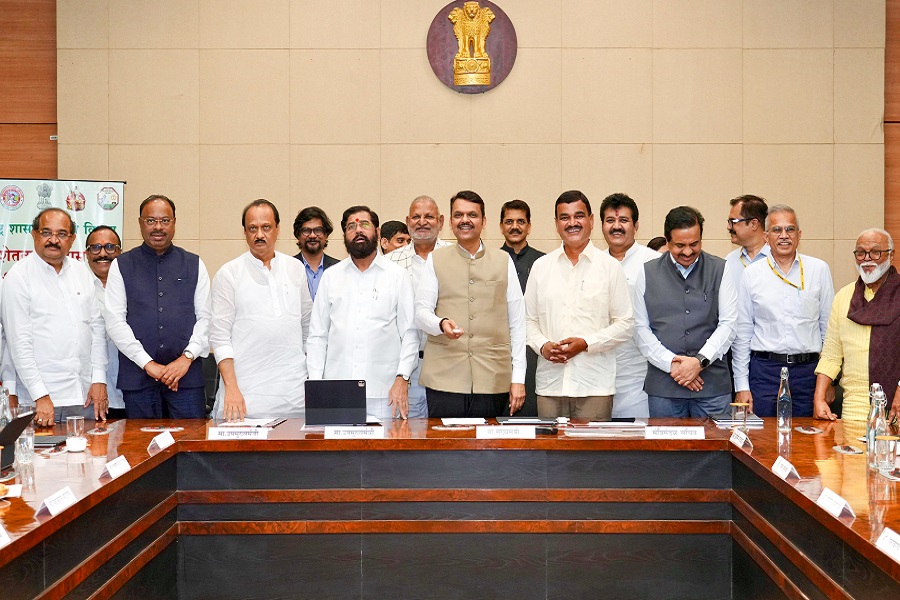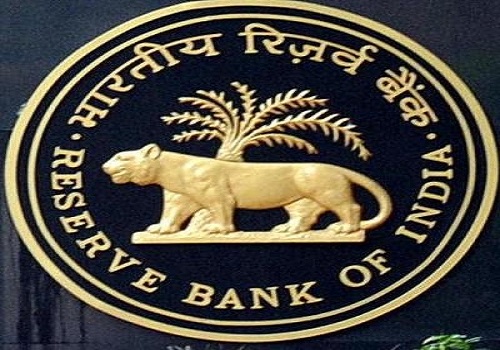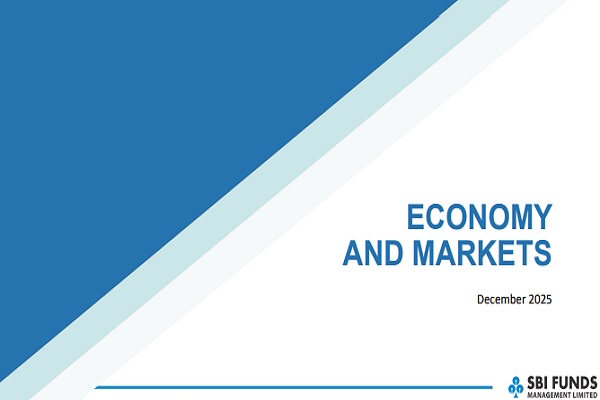Capitalmind Flipbook July 2025

Overview: The banking system remains stable, providing some reassurance, while the U.S. grapples with a heavy debt repayment schedule and renewed Federal Reserve intervention through government debt purchases.
Key Highlights:
RBI Financial Stability Report
* NPAs in banks have steadily declined since the 2010s, but this may signal reduced business lending, with companies turning to equity and shifting risk to investors.
* The RBI expects inflation (CPI) to remain low despite slower global growth, but warns of a possible temporary spike if geopolitical tensions escalate, likely linked to disruptions in India’s oil supply causing crude oil prices to rise.
* The RBI is more worried about growth, projecting FY26 growth rates even lower than during the 2008 Global Financial Crisis (except for 2020). This indicates significant vulnerability to external geopolitical and economic shocks.
* Scheduled Commercial Banks show strong financial health with steadily improving CRAR (from 13% in FY15 to 17.3% in FY25), high provision coverage ratios, and liquidity buffers well above regulatory minimums, suggesting the banking system is well-capitalized and prepared for potential global economic stress.
US Government Debt
* The U.S. must repay $17.7 trillion over the next five years, with much of the burden front-loaded—raising concerns about fiscal sustainability and global market impact.
* Federal banks have resumed large-scale purchases of government debt through SOMA, a concerning sign given it’s happening during relatively stable economic conditions.
GDP Data
* Private consumption hit a record high in Q3 FY25, indicating strong domestic demand and contributing significantly to GDP growth.
* Q4 FY25 saw record investments and positive net exports, though concerns have been raised over the unusually high GDP deflator used for calculating real imports.
Bank Credit and Inflation
* Bank credit growth remains sluggish, with loans to agriculture plummeting and industrial loans (except MSMEs) showing a slowdown or flat growth.
* Credit card outstanding is growing at its slowest pace since COVID, standing at Rs.2.90 lakh crore as of May 2025.
* Gold-backed loans are surging, with banks and NBFCs together lending close to Rs.5.5 lakh crore, but still a small fraction compared to total individual borrowings of Rs.57 lakh crore.
* Inflation fell to 2.1% in June 2025, the lowest since 2019, helped by disinflation in food prices and stable fuel costs, but this decline is partly due to a base effect from last year’s high inflation.
* Core inflation (excluding food and fuel) is rising, currently at 4.5%, which is concerning as it reflects more persistent inflation embedded in the economy beyond volatile food and fuel prices.
Markets
* After four months of gains, the NIFTY 50 dipped slightly in July but remains up 6.5% for the year, while the broader NIFTY 500 continued its upward momentum with a 4.3% gain for the year.
* The midcap index has seen five consecutive months of gains, rebounding sharply from a roughly 15% drop in the first two months of the year, ending with a 3.2% gain for the year so far.
* Banking remains the largest sector by market capitalization in India (13%), maintaining its dominance since 2005, unlike the US market which is now tech-heavy with the big tech companies leading.
FPI Investments
* Foreign portfolio investors bought around Rs.15,000 crore in equity in June 2025, including primary market purchases, which often aren’t reflected in secondary market data.
* FPIs have sold about Rs.22,000 crore in debt, mainly in FAR securities, likely due to temporary market dislocations and the weak currency, though overall FPI equity sales in 2025 have been significant at Rs.78,000 crore.
The State of the Rupee
* RBI's forex reserves have returned to the $700 billion mark, supported by holdings in euros and other currencies that have strengthened against the dollar, even as the rupee remains stable against the dollar but weakens versus other major currencies.
Current Account
* India’s merchandise trade deficit has narrowed to about $6 billion, the lowest since COVID, indicating improved export performance and possibly the success of “Make in India” initiatives.
* Software exports remain robust, hitting over $41 billion in Q4 2025 and nearly $160 billion for the full year, supporting the current account despite concerns around AI impacting the sector.
* Remittances from Indians abroad were strong at $31 billion in Q4 and totalled $124 billion for the year, playing a major role in helping India achieve a current account surplus.
Above views are of the author and not of the website kindly read disclaimer

